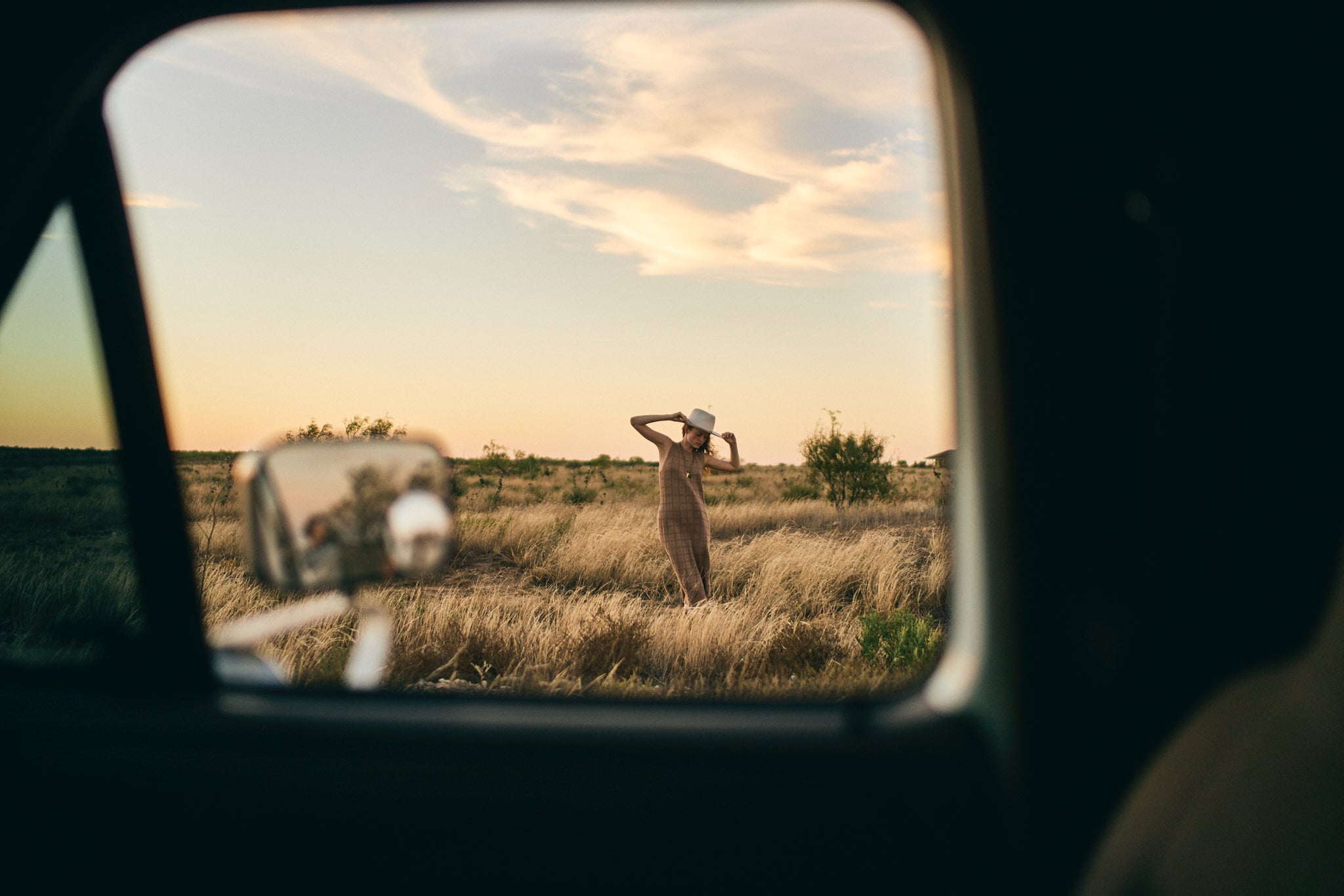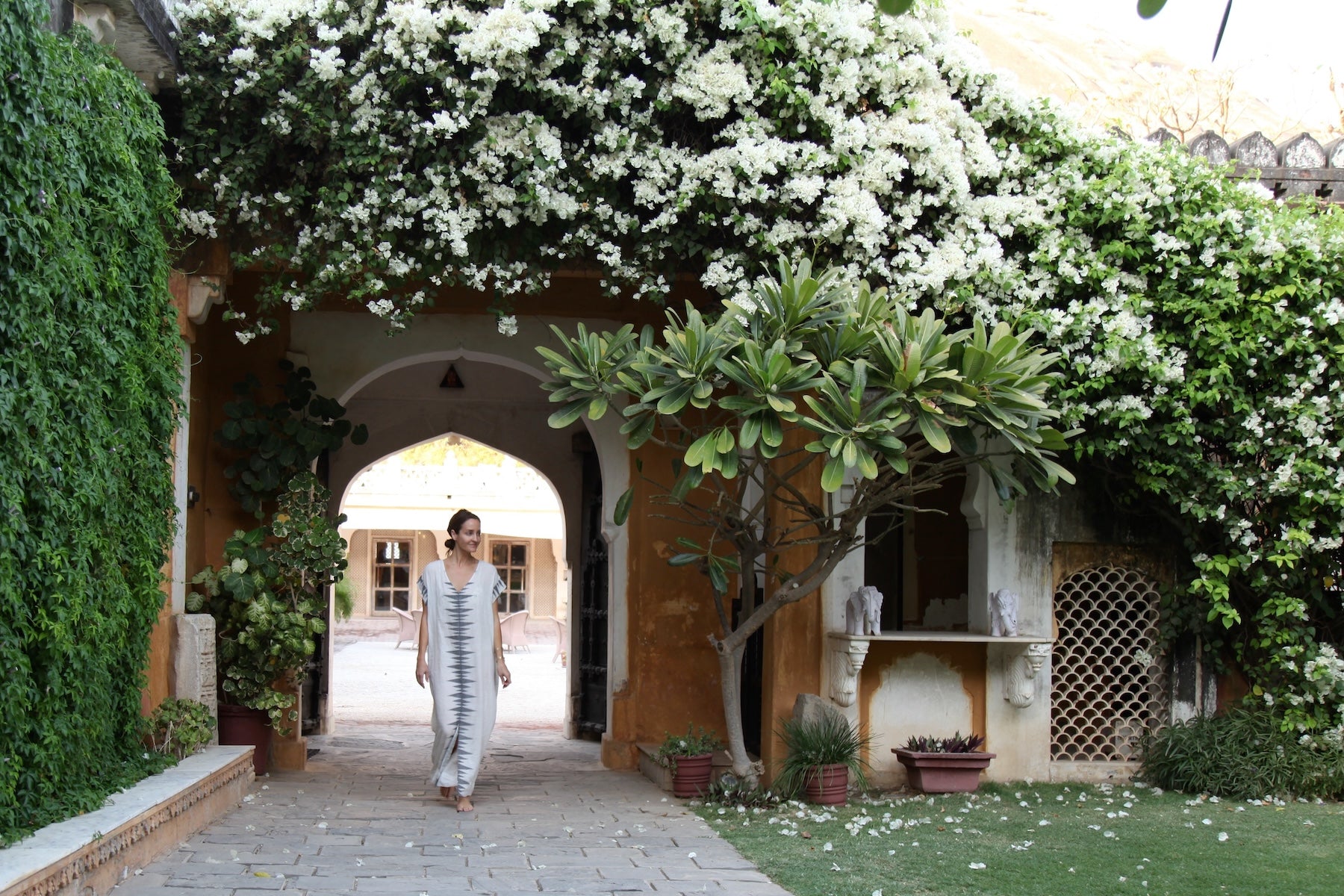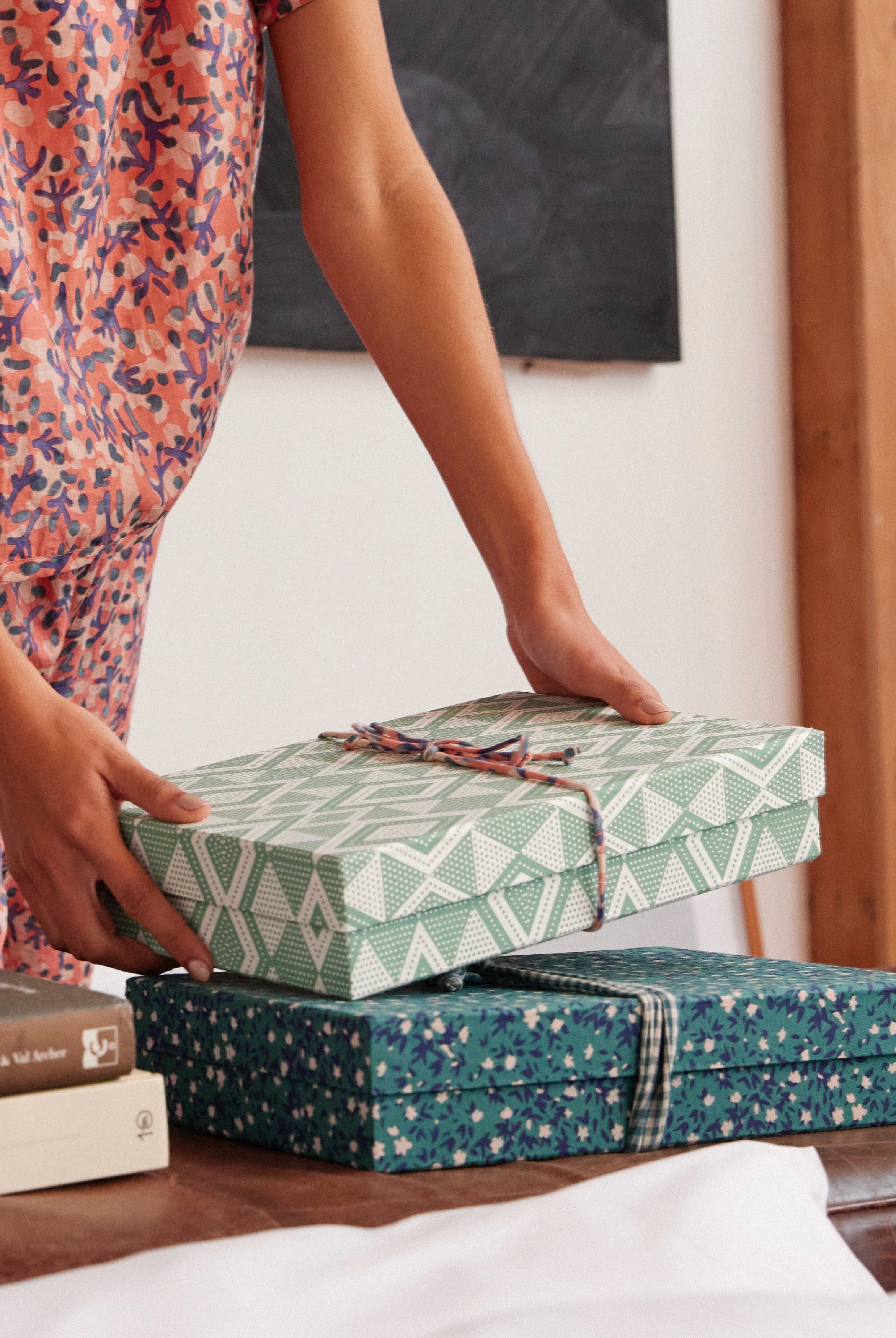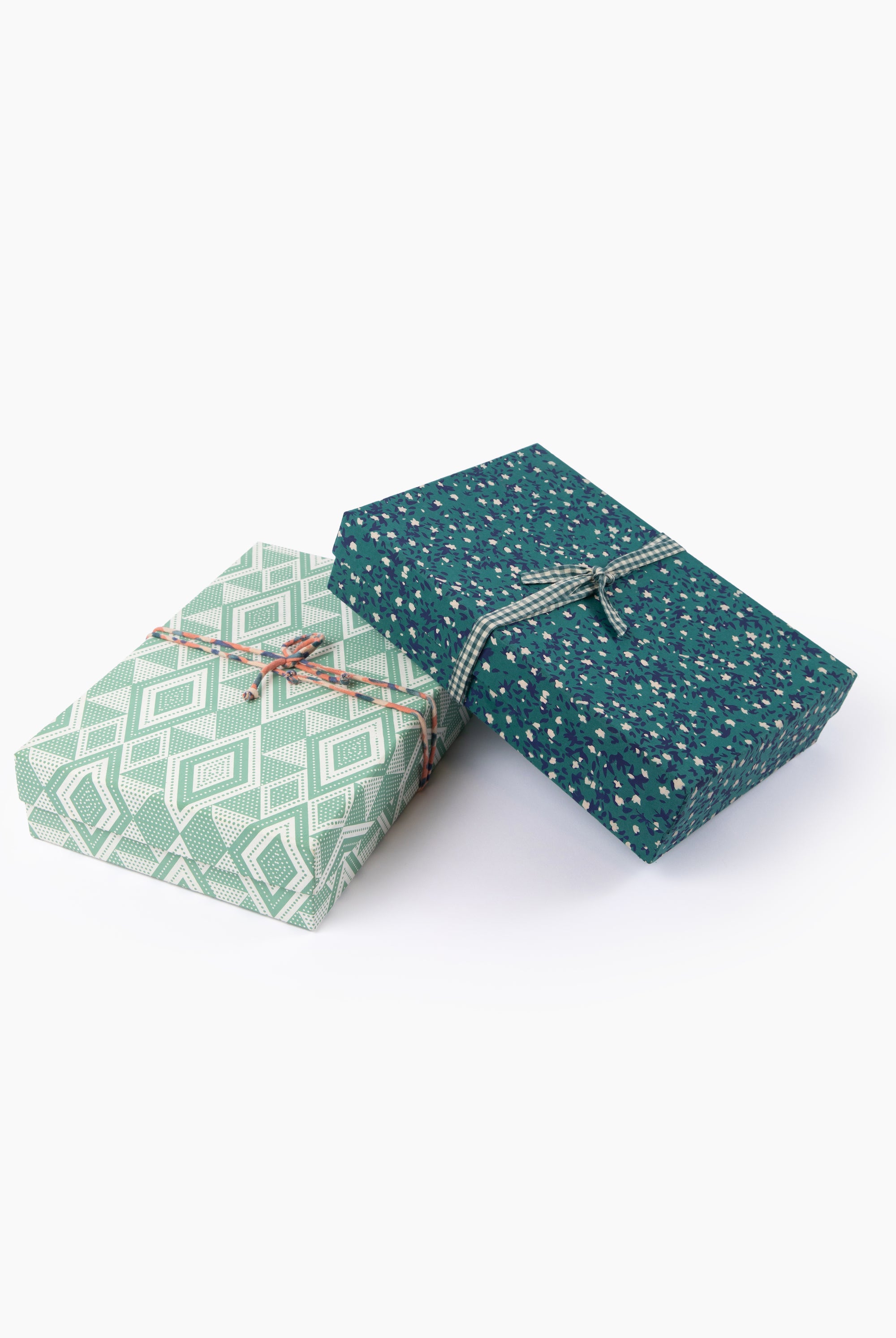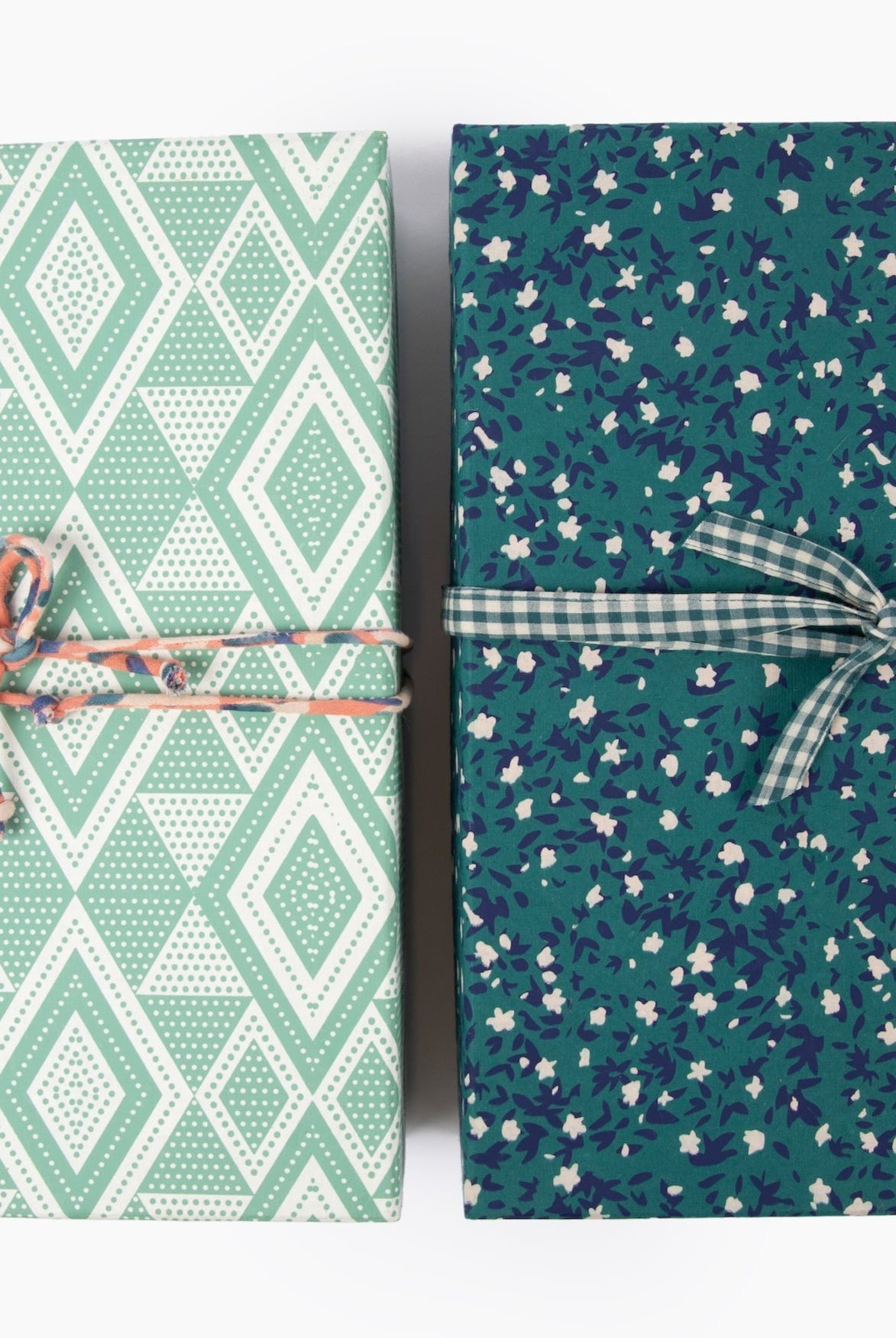this classic indian tea is a favorite of ours this time of year and reminds us of our favorite place. the spices simmering on the stove make the whole house smell so festive. the recipe below is made with love, as told to us by the owner of jobner bagh, our home away from home in jaipur.

masala chai recipe (in a very loose sense of the word "recipe")
in the us, what we typically call a "chai latte" is based on indian or "chai" or tea. masala means "spicy" and the tea is just that: spicy, rich, creamy, sweet and quite different from our version here in the u.s. rajasthan, where we source our block printed fabrics-- is known for its delicious chai using fresh and pungent spices.
tea in india is part of the culture. no matter the caste, everyone drinks chai, usually several times a day. it is a ribbon that binds people together. It is a part of one's heritage. it differs from state to state, family to family. this is why a recipe is hard to put down on paper. because a) no one really has an exact, written recipe; and b) you'll need to experiment and find your own version of spicy, fragrant, comforting chai.
you'll be offered chai all over India - when shopping, visiting friends, at any business meeting. every area has a chaiwalla: the chai man who's job it is to serve tea to everyone in his area. you'll see the chaiwalla on roadsides, crammed into stairwells, alleys, train cars, everywhere. you never have to wonder where to get a cup. And everyone in that small area gets their tea from that chaiwalla.
part of our love of chai is the ritual surrounding it. there's something positive and connective about having chai with others. chai breaks happen throughout the day. you stop work, you sit, you enjoy, you take a minute. there are no to-go cups. what a concept! shouldn't we all do this as habitually as Indians do?

this recipe, which took about 45 minutes to dictate, is from shiva, a very chic boutique hotel owner in jaipur (47 jobner bagh)... it is based on his family's taste and you'll find great variation all over india in the preparation, spices, milk and pouring style. some chaiwallas are known for their high pours where he hold the pot as high as he can and the cup as low as he can and pours in one steady, long stream. skill!
first lesson in chai: the weather and time of day dictates what you put in your chai.
for example, cardamom: never in morning, but usually in the afternoon/evening (after food only). cold outside? add ginger. the spices must be fresh, preferably ground just before making your chai. when the weather is warm, use less milk and spices. the colder the weather, the richer the chai should be. for example, use only a quarter of the amount of cardamom you'd normally use.
fill a small pot with water. bring to a boil. then add spices in this order:
ginger (only in winter) - either a piece of fresh or ground dried
1 ground clove
2-3 pods of green cardamom, ground (only if in the afternoon/evening)
black pepper, ground (only when it is cold)
*our host doesn't add cinnamon or nutmeg, but many families do; you can also experiment with anise, fennel and coriander
boil the spice mixture several minutes longer. add the black tea leaves. keep on boiling a few minutes longer. the longer you boil the tea leaves, the stronger the tea.
then strain the mixture with cheesecloth. it is important to wring out the cloth and squeeze the contents to get the perfume from the leaves out and into the tea.
once boiling again, add milk. the biggest difference in india is that the milk is usually buffalo. with a high fat content, this milk is super rich and creamy which makes all the difference in the tea. it adds a buttery taste that is so, so good.
keep boiling that mixture for a bit longer. try to keep a steady fire the entire time. don't boil over, but boil slow and steady. add sugar to taste (indians like it very sweet!)
the actual tea leaves depend on the person, the family and how you were brought up drinking it. (our source playfully argues with his wife that neither knows the first thing about how to make a proper tea.) he prefers a strong black tea with a full aroma. it is important to use loose whole black tea leaves.
the finer the tea, the less you should put into your pot. when the tea quality is low, put in more. how do you tell if tea is of good quality, I ask? his response, "good quality is just a feel, theres on way to explain." upon pushing, I learn that bigger and thicker leaves mean better quality. I suppose this is where one can experiment! as a rule of thumb, our host tells us to always open the tea first and smell.
if you feel like your tea is nice and boiled and the spices have melded, pour your tea first into a pot. Never pour it directly into a glass! Put the lid on the pot (our host stresses the pot must be closed), then time to pour your first cup and savor your hard work.




